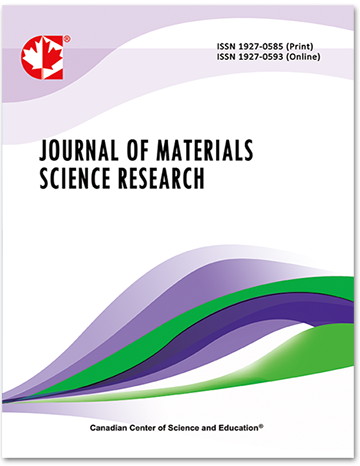The Effect of Rolling and Crimping on Cell-Seeded Synthetic Scaffolds for the Development of Transcatheter Valves by Tissue Engineering
- Magdalena Scheuer
- Trixi Hollweck
- Renè Bombien
- Ulrike Haas
- Eva Bartok
- Cornelia Fano
- Martin Dauner
- Christoph Schmitz
- Bruno Reichart
- Bassil Akra
Abstract
Transcatheter valve replacement using bioprosthetics is a common procedure, however limited due to graft durability. The aim of this study was to verify the mechanical durability of tissue engineered constructs to crimping necessary for transcatheter deployment. Polyurethane patches were seeded with human vascular cells. Mechanical stress of transcatheter methods was simulated by rolling and crimping. Seeded patches were rolled using a patch-rolling device. For crimping, seeded patches were fixed on a polymer stent and crimped by a conventional crimper. Effect of mechanical strain on cellular coating was analyzed by scanning electron microscopy (SEM), immunocytochemistry (ICC) and immunohistochemistry (IHC). SEM analysis of stressed patches showed a confluent cellular coating. ICC and IHC demonstrated the integrity of cellular layers after rolling and crimping. Mechanical stress does not affect the stability of colonized cells on polyurethane patches. This demonstrates the feasibility of applying tissue-engineering methods for the development of seeded transcatheter heart valves.
- Full Text:
 PDF
PDF
- DOI:10.5539/jmsr.v1n3p1
Journal Metrics
Impact Factor 2022 (by WJCI): 0.583
Google-based Impact Factor (2021): 0.52
h-index (December 2021): 22
i10-index (December 2021): 74
h5-index (December 2021): N/A
h5-median (December 2021): N/A
Index
- CAS (American Chemical Society)
- CNKI Scholar
- Elektronische Zeitschriftenbibliothek (EZB)
- EuroPub Database
- Excellence in Research for Australia (ERA)
- Google Scholar
- Infotrieve
- JournalTOCs
- LOCKSS
- NewJour
- PKP Open Archives Harvester
- Qualis/CAPES
- SHERPA/RoMEO
- Standard Periodical Directory
- Universe Digital Library
- WJCI Report
- WorldCat
Contact
- John MartinEditorial Assistant
- jmsr@ccsenet.org
